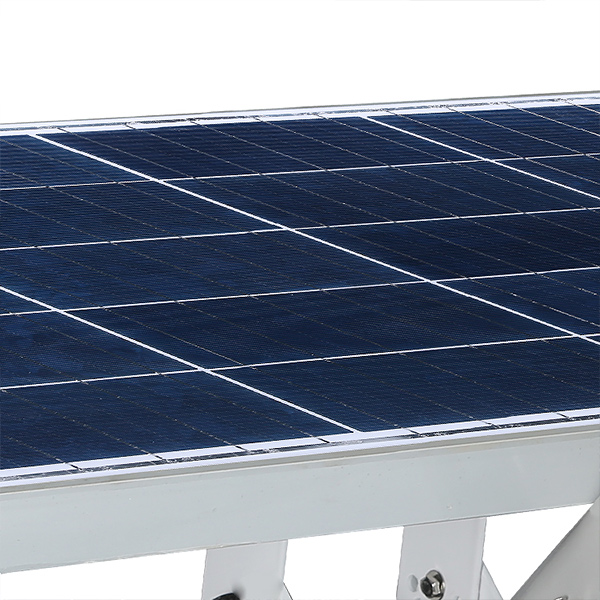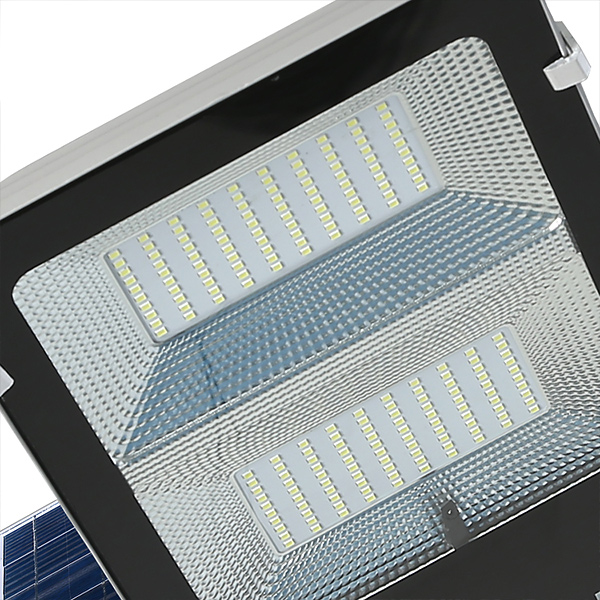Electricity bills are often unpleasant, especially after intense use, such as during a heat wave, or high utilization of a home office or kitchen.While electricity bills are a necessary expense, it’s not always outrageous.You also don’t have to be too ruthless to save money, especially if you put one or a few of these smart practices into action.
More advice: Unplug these appliances that add to your electricity home budget: 10 Spending Mistakes to Avoid When Updating Your Kitchen
When you think about where electricity is wasted in your home, you probably don’t even count light bulbs in your psychographics.But if you’re still relying on old incandescent bulbs, you’re wasting a lot of electricity and money.

According to the U.S. Department of Energy, switching to LED bulbs will save you a lot of money over time because they use 75% less energy and last 25 times longer than incandescent bulbs.
According to, by switching from incandescent to LED bulbs, the average home can save more than $3,600 over about 25,000 hours of lighting.
According to EnergyStar.gov, the average household spends more than $2,000 a year on energy, a large portion of which is electricity.By investing in ENERGY STAR certified products, which typically reduce energy consumption by about 35%, you can save $250 or more on your bill.While you do pay upfront, the savings over time outweigh your returns.
There are definitely some electronic devices in your home that need to be kept on all the time, but you can easily turn off many electronic devices to save power.EnergyStar.gov recommends using a power strip with an on/off switch and trying to separate “always on” devices from those that can be turned off so you can control power to your TV or other devices when not in use.
Some of the simplest power-saving tricks don’t require interaction with any electronics at all.Using blinds can help regulate the temperature in your home, so you may need to use heating and air conditioning.
According to Electric Rate, if you open your shutters in the winter and close them in the summer, you can keep your house warm or cool as needed, saving the electricity that powers your heating and cooling appliances.While some heaters and air conditioners are gas-powered, many rely on electric heaters and air conditioners.
Sometimes, in order to save money, you have to spend money.What better way to save electricity (and be gentle on the environment) than to invest in solar panels and systems?
According to Energy Sage, the average home can save between $10,000 and $30,000 over the life of a solar panel system.In a state-by-state comparison, they found that a home with a 6-kW system producing a national average of 10,649 kWh per year could save $14,107 in Texas, $32,599 in California, and $32,599 in Massachusetts over 20 years $34,056.

According to Energy.gov, we live in an era of smart technology designed to help you automate many electronic processes in your home, monitor your usage and control settings at the touch of a button.
Things like smart meters can help you track usage; smart appliances can turn on and off or keep your home at a certain temperature.Smart devices should be the preferred method, especially if you are looking to upgrade or replace older appliances, heating or cooling systems.
Dishwashers may seem like they’re power-hungry, but the truth is they’re more energy- and water-efficient than handwashing, according to CNET.
According to the California Energy Commission, if you upgrade to an Energy Star-certified dishwasher, you can save $40 per year in utility costs and up to 5,000 gallons of water.
According to Electric Rate, if you spend a lot of time cooking in the kitchen — especially if you have an electric stove, oven, and other appliances — consider batch cooking.Whether the appliance is full or partially full, you use the same amount of power; however, by cooking a lot, you can consume less energy.
If your summers are hot and you want to turn on some icy air conditioners, first consider installing ceiling fans in the rooms you visit most.According to the Natural Resources Defense Council (NRDC), ceiling fans can cool a room by 10 degrees or more while using only 10 percent of the energy of a central air conditioner.
On a related topic, you may be leaking air out of your house in small, barely visible ways that let in cold air in the winter or release it in the summer.According to the NRDC, air typically escapes through windows, doors, and defective stripping or insulation.Most local utilities will conduct energy audits to help you spot these leaks, and you can then repair them with new stripping or insulation, replace old windows and doors with newer energy-efficient ones, and benefit from your electricity bill.
Jordan Rosenfeld is a freelance writer and author of nine books.She holds a BA from Sonoma State University and an MFA from Bennington College.Her articles and articles on finance and other topics have appeared in a wide range of publications and clients, including The Atlantic, Billfold, Good Magazine, GoBanking Rates, Daily Worth, Quartz, Medical Economics, The New York Times, Ozy, Paypal, The Washington Post and many commercial customers.As someone who has had to learn many lessons about money the hard way, she enjoys writing about personal finance to empower and educate people on how to make the most of what they have and live a better quality of life.
Post time: Mar-31-2022




